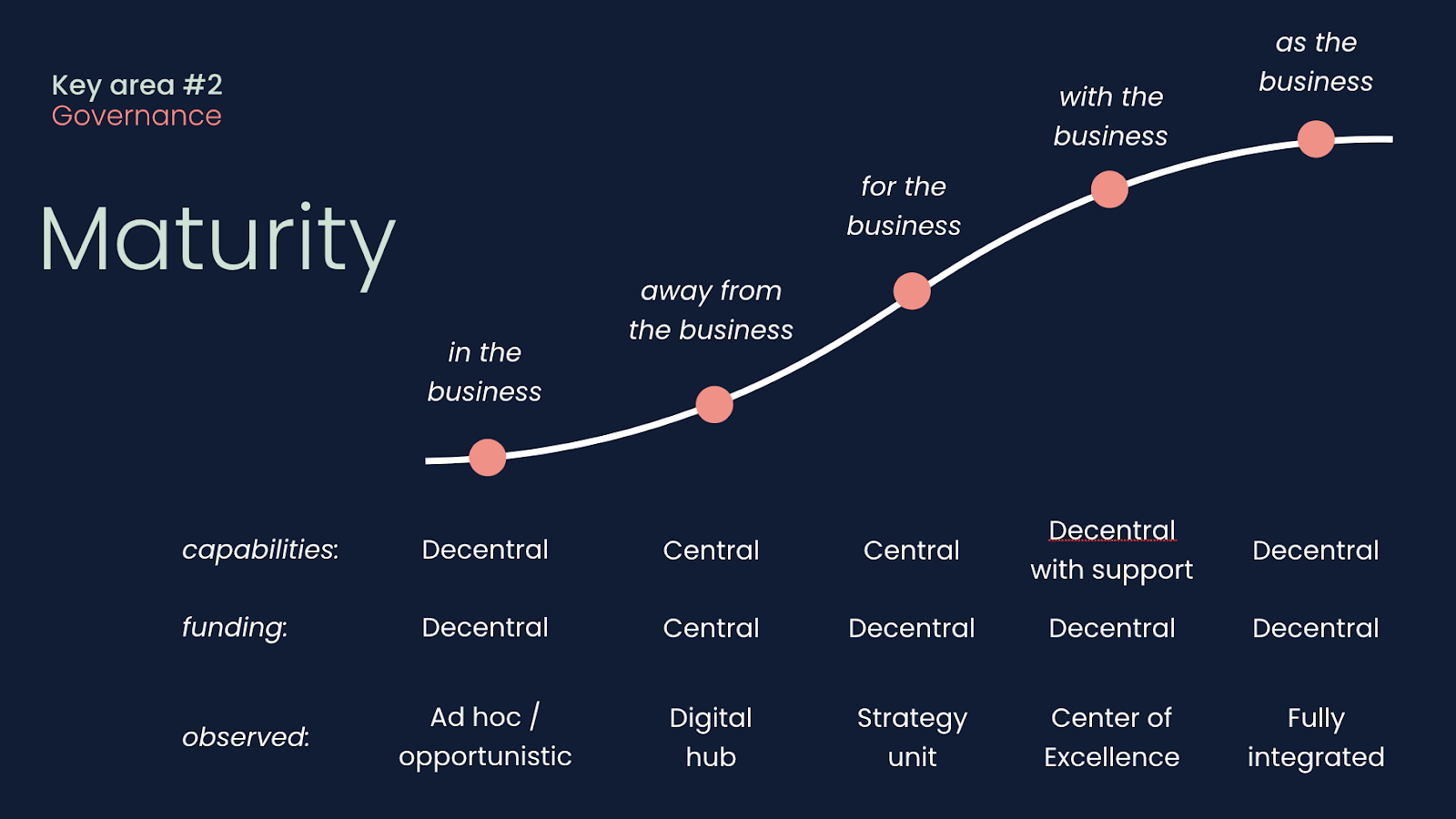Back to School with Mobiquity
The first-ever Mobiquity “mClass” event brought together the brightest leaders in innovation, marketing, and information technology to discuss and explore the current and future state of digital innovation.
mClass is a Mobiquity event created to help leaders learn from their peers, network, and share insights for continuous education and the advancement of digital innovation. We called it mClass because we structured the event like a traditional school day, including school bells to indicate when it’s time to head to the next class and classrooms with school desks. To bring modern innovation into this traditional setting, Mobiquity provided iPads for the attendees so that they could easily follow along with their instructor/speaker.
Our First Class has Graduated!
During our October 2019 event, attendees gathered at De School in Amsterdam for 3 classes, followed by dinner, libations, and networking. The class was led by Mobiquity’s own Lionell Schuring, Vice President of Creative, and Stephan Hartgers, Vice President of Digital Strategy. They kicked off the back-to-school event with a keynote presentation centered around their research with Netherlands-based leaders who have experienced digital innovation first hand at their own organization.
Class Notes: A Summary of the Research Findings Shared at mClass
The research process kicked off with Mobiquity-led interviews of high-level professionals, including chief operations officers, chief technology officers, strategy & innovation managers, and heads of innovation. These professionals represented a cross section of industries, including financial services, healthcare, banking, retail, and technology.
Through their research with leaders in digital innovation, Stephan and Lionell uncovered 5 key areas of friction that prevent effective implementation of digital innovation.
1. Motivation for Digital InnovationFriction in the digital innovation process often starts when the need is not recognized or accepted by everyone. Common objections include:
Different goals in the organizations lead to friction in many areas. It’s important to identify where frictions might exist before you get too deep into the innovation process - this way objections can be handled appropriately and organized so that everyone is on the same page.
2. GovernanceOur research unveiled a disconnect between governance models and digital maturity in the organizations we interviewed. While we know that most companies have a governance model, not all governance models are created equal. The important part is aligning your governance model with where you are in your digital maturity, which can easily be accomplished with the right prep work.
If you think about where capabilities for digital exist and where funding will come from, you’ll begin to understand how you should approach governance in your own business. Here are the five levels of maturity alongside the observed best models for governance:

Historically, the digital innovation process usually involves these two pillars:
Digital innovators have identified that idea generation can often be a roadblock when there are no processes in place to constantly generate new ideas at scale. As for idea selection, without a sizable pool of ideas, there’s a good chance the optimal solution won’t be found.
In our analysis, we haven’t found a single company that can manage ‘The Process’ without friction, so this model is an issue that companies need to think about before trying to do this on their own, without a proper strategy.
4. AdoptionAs mentioned at the beginning, without considering the adoption strategy, your digital innovation program is likely to fail. It’s important to work with leadership to:
Launching digital innovation without a partner does not necessarily guarantee failure, but launching with one or more partner(s) certainly makes success easier. These partner(s) can help you to compensate for your organization’s missing competencies and help minimize risks for failure.
Our mClass “students” left our session excited to put learnings from our research into practice across a variety of industries. And we’re excited to continue to get their feedback on how they’re gaining traction in digital innovation.
What do you think? Where do you experience friction in your digital innovation program? Share your experiences with us on social media and get a discussion going.
If you’re interested in learning more about digital innovation, connecting with like-minded people, or if you simply want to talk to someone at Mobiquity, click here. Also look out for the next mClass, coming next year to a schoolhouse near you.
Give us your information below to start the conversation.